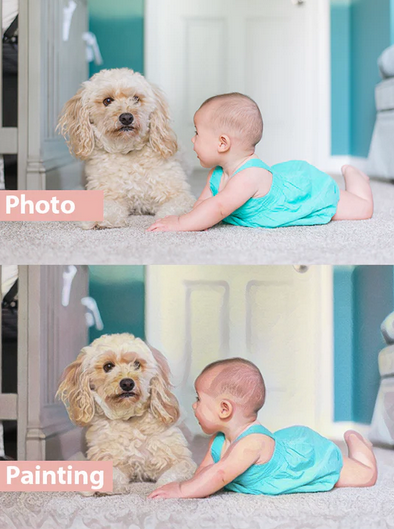
Animal portraits artwork is really a time-recognized practice that has been useful for custom pet portraits hundreds of years to catch the wonder and feelings of our own beloved pets. Whether it is a pup, kitty, horse, or another creature, animal portrait artists draw out the inner heart and soul in their subject matter by way of shade, form, and composition. It is a form of art form which requires both bodily ability and emotionally charged being familiar with to generate something truly unique. Let us explore what is put into creating a family pet portrait piece of art come alive!
This Process
Pet portrait painting could be split up into two principal parts: pulling and painting. The performer starts by sketching your pet to obtain a sense of how they wish to capture its individuality. This should be finished with attention mainly because it will determine the complete appearance in the part. When they have a wise decision of what these are opting for, the artist will begin using paint to fabric. This can be done with either essential oil or acrylic paints according to the painter’s preference.
Combining Colors
Coloration variety is an important component of any dog portrait painting method as it aids set the mood to the bit along with draw out certain qualities in the pet becoming depicted. For example, cozy colours like reds and oranges could be used to depict power when colder colors like blues and plants can produce a sense of tranquility or rest. Along with selecting colours depending on frame of mind, painters should also take into account how their selected shades works collectively when combined to make lifelike finishes for hair or skin versions inside a one part.
Recording Feelings
The most significant part of any family pet portrait painting is recording feeling in the pet becoming depicted. This is often challenging since wildlife do not always communicate themselves in ways we recognize—they might not grin or frown responding like mankind do—so painters must depend on subtle cues for example system words or face treatment expressions in order to accurately show an passion within their job. Moreover, some musicians prefer to add more tiny information like plants or any other things near their topic which will help further highlight their desired passion without detracting from the primary focus—the dog on its own!